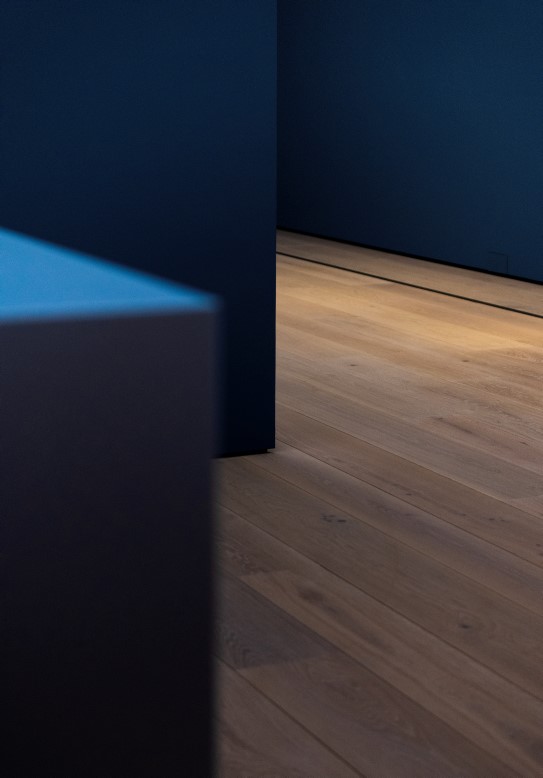Materials

Transcription
Narrator:
The façade of the National Museum is covered in 28,000 square metres of Norwegian slate from Oppdal. Architect Klaus Schuwerk was emphatic that the stone cladding must be Norwegian.
Jon Geir Placht:
And he also had a working concept that was about bringing the mountain into the city.
Narrator:
Jon Geir Placht is project director for the National Museum.
Jon Geir Placht:
From the outside, you encounter a large amount of stone. But as you gradually get closer, you start to see the details in the slate, you see the precision of the work. There are no chance transitions, everything is planned.
Narrator:
There’s a long tradition of using slate in Norway; you can see it on roofs all over the country. Oppdal Stein, which won the competition to supply slate for the façade, extracted the slate from their own quarries. The slate was then cut roughly into blocks, loaded onto a ship and transported,
Jon Geir Placht:
…to a German company that has been in the stone-processing business for four or five generations. They precision-cut the slate and treated the surface. This process opens up the pores in the slate and gives it a very textured finish. And of course, it brought out the inherent decorative qualities of the stone.
Narrator:
Each piece of slate was selected by hand, and if you touch it, you can feel the rough surface.
When you move from the outside of the building into the reception area, you set foot on a limestone floor that came from a stone quarry in southern Germany.
If you inspect the reception-area floor carefully, you will find fossils – remnants of lives lived in the distant past.
Jon Geir Placht:
They are probably millions of years old. We see the remains of shells and tiny creatures. Overall, the effect is a sober delicate expression, and it creates a very warm, pleasant atmosphere.
Narrator:
You are walking on limestone as you pass through the Vestibule and up the stairs to Floor 2.
Jon Geir Placht:
But when you enter the exhibition areas, you find a beautiful oak floor. This floor came from oak forests in Germany. The timber was processed in Denmark, and here the architect has chosen to lay floorboards of varying widths. The boards are solid wood, of course, which means they can be sanded. As long as they are well looked after, they will last forever.
Narrator:
Now you can look up from the floor and inspect the walls around you.
Jon Geir Placht:
In the vestibule, the walls are covered in stained-oak wood panelling. These wood panels are not just any wood panels. They have been adjusted to take account of resonance. The aim has been to achieve a space where it’s pleasant to talk, and where we won’t be bothered by echoes or reverberations.
Narrator:
If you look at the windows, you’ll see that the frames are made of bronze. The architect wanted to use bronze and marble around the windows, because these materials look beautiful together and convey durability.
Choosing materials that should be able to last forever also relates in part to the environmental goals adopted by Statsbygg and the museum in making the building a FutureBuilt project. FutureBuilt is basically about minimizing greenhouse gas emissions by using sustainable systems. For example, the building will be heated using a seawater heat pump.
The architect’s goal has been to achieve a sustainable museum built of robust materials that can last forever:
Klaus Schuwerk:
The longer time goes actually the ... how people will like the museum should actually rise… the longer it lasts the more important it gets.
Talette Rørvik Simonsen:
It’s not intended to be something that’s trendy in its own time. Something that you can sell postcards of because of its striking, even shocking, appearance.
Narrator:
You are listening to Talette Rørvik Simonsen, head of research and development at the National Museum.
Talette Rørvik Simonsen:
There’s been a lot of debate about this of course. And I think that this is a type of building that will be even more appreciated as time goes on, and people see its enduring qualities.